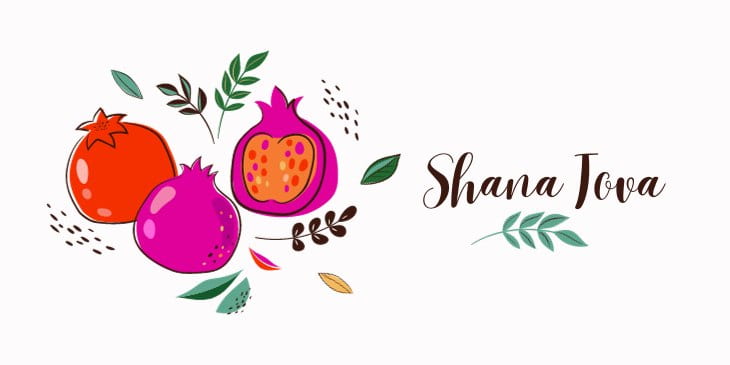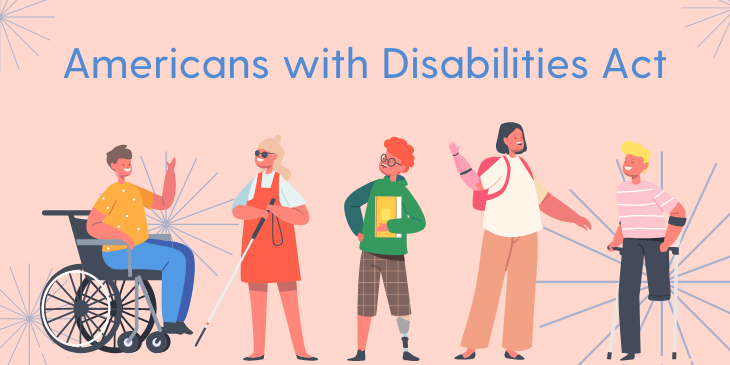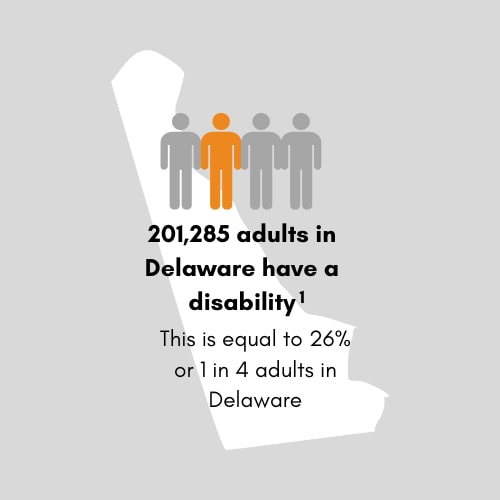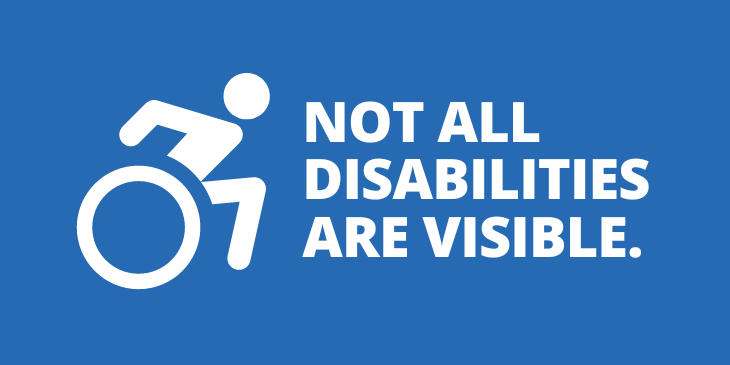Hispanic Heritage Month is an annual observance that runs from September 15 to October 15. During this time, the United States Department of Agriculture (USDA) celebrates the contributions of Hispanic Americans to agriculture, nutrition, food, development, and natural resources.
According to the Census Bureau, there were over 62 million Hispanics and Latinos living on the U.S. mainland and 3.3 million living in Puerto Rico in 2021. The Hispanic Association of Colleges and Universities projects that the Hispanic and Latino share of the labor force will reach 35.9 million in 2030, accounting for 78% of the net new workers between 2020 and 2030.
History of Hispanic Heritage Month
The celebration of Hispanic Heritage Month began as Hispanic Heritage Week in 1968 under President Lyndon B. Johnson. In 1988, President Ronald Reagan signed a bill to extend the celebration to a month-long event, starting on September 15 and ending on October 15. The date of September 15 is significant because it marks the anniversary of independence for five Latin American countries: Costa Rica, El Salvador, Guatemala, Honduras, and Nicaragua. Mexico and Chile also celebrate their independence days on September 16 and September 18, respectively.
The 2023 Theme
The theme for Hispanic Heritage Month 2023 is “Latinos: Driving Prosperity, Power, and Progress in America.” This theme recognizes the immense economic and political strides made by Hispanic Americans and their contributions to the prosperity and progress of the country. It is an opportunity to celebrate the history, culture, and achievements of Hispanic Americans and to promote inclusivity and unity in building a stronger nation.
Important role in natural resources
Hispanic Americans have played an important role in the conservation and management of natural resources in the United States. They have worked to protect and preserve the land, water, and wildlife of the country, and they have helped to develop policies and programs that promote sustainable resource use.
The Hispanic Special Emphasis Program was established by a Presidential Directive in 1970 as a Sixteen Point Program for Spanish Speaking Americans. It was created to ensure that the needs of Hispanic Americans were met in all aspects of the Natural Resources Conservation Service’s (NRCS) programs and services.
Supporting minority-serving colleges and universities to build their capacity in food and agriculture disciplines, USDA’s National Institute of Food and Agriculture (NIFA) awards education grants to Hispanic-serving Institutions (HSIs).
Time to celebrate
Hispanic Heritage Month is a time to celebrate the rich and diverse contributions of Hispanic Americans to the United States. It is an opportunity to learn about the history and culture of Hispanic Americans and to recognize their important role in shaping the country. By celebrating Hispanic Heritage Month, we can promote inclusivity and unity and build a stronger nation.
Resources
24 Activities To Celebrate Hispanic Heritage Month (2023)
Hispanic-Serving Institutions Education Grants (HSI) Program
National Hispanic Heritage Month website
Comments closed





